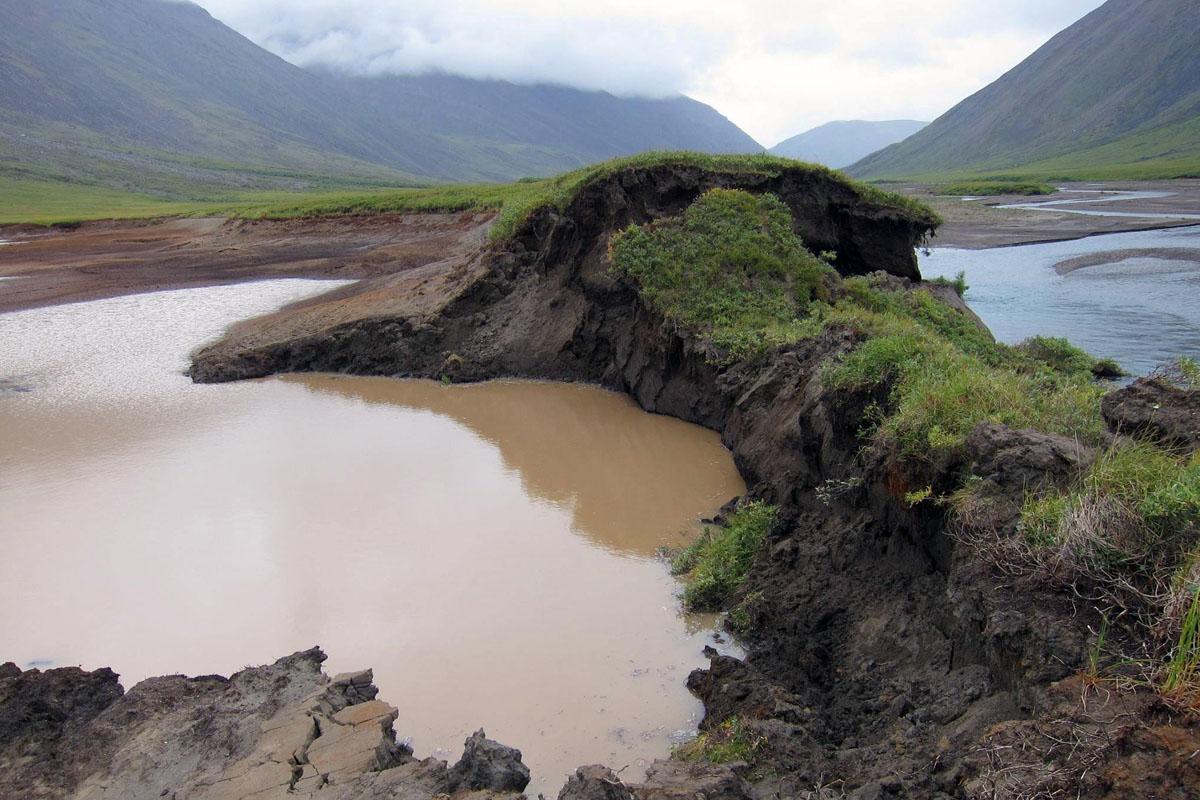Polar bears aren’t the only Arctic dwellers facing real threats from climate change in the next few decades. Scientists now report that 70 percent of the infrastructure in the Arctic is at risk due to thawing permafrost in the region.
Permafrost is ground that has been frozen for at least two years. When it thaws, it can turn from solid ground into mud. In many cases that will cause the ground to slump. Anything built on the land will become unstable and may break apart.
A coalition of scientists working in diverse locations from Finland and Norway to Michigan and Russia recently published findings that show that by 2050 the 3.8 million people now living on the permafrost will be affected by damage from thawing. That’s three quarters of the human population living in the permafrost areas.
To put that in another scale, some 50 to 80 percent of the infrastructure of the Arctic is located in areas where the permafrost near the surface will thaw in just 30 years.
Communities in the Arctic are under threat, and so is natural resource extraction and transport. Millions of residences, tens of thousands of buildings, thousands of miles of roads, and hundreds of airports are at risk. Pipeline damage in Alaska and in Russian Siberia could lead to oil spills, and that’s a big cause for concern.
The scientists’ findings state that even international agreements such as the Paris Climate Accord would only reduce risks after 2050. Large-scale permafrost thaw will almost certainly occur before 2050. Yet, reducing greenhouse gas emissions could help stabilize our future.










